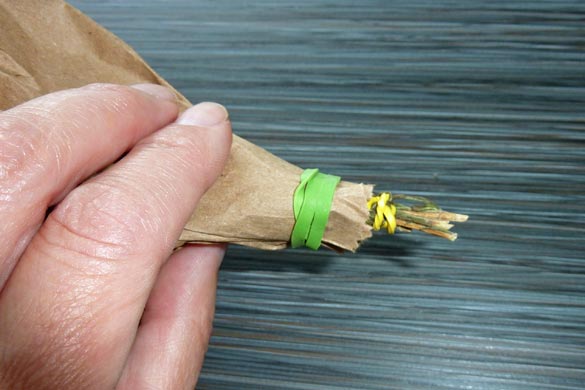How To Preserve Herbs From Your Garden
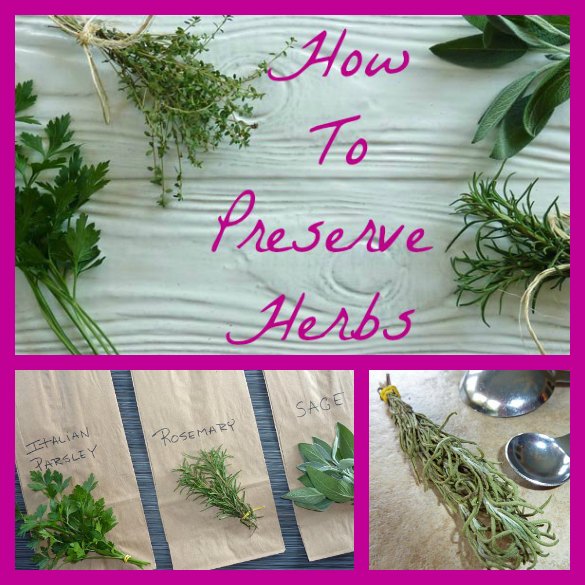
If you can’t bear to watch Mother Nature take her toll on the last surviving vestiges of your garden, it’s time to harvest those herbs before the weather starts to cool.
How to Preserve Low-Moisture Herbs
Low-moisture herbs — dill, parsley, marjoram, oregano, sage, rosemary and thyme — require minimal preparation and are easy to preserve.
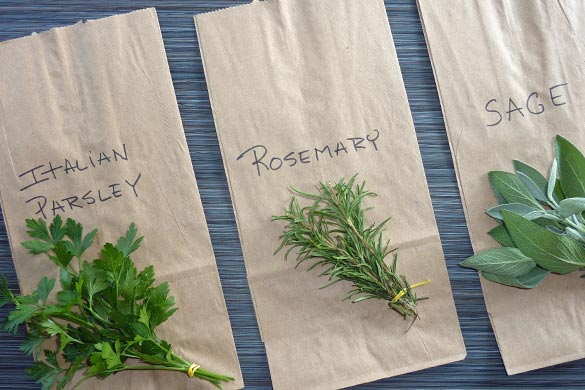
Harvest herbs before they start to flower, when they are still at their peak. They should be picked in the morning, after the dew has dried, but before the sun can bake the essential oils.
Cut branches and remove any yellowed or spotted leaves. Shake the branches to remove debris or insects. It’s ideal not to wash herbs before preserving, (for fear of mold growth) but if necessary, gently swirl them in a bowl of water, separate branches and lay them out to thoroughly dry on a cookie sheet before proceeding.
Once dry, bundle four to six stems together with a rubber band or string.
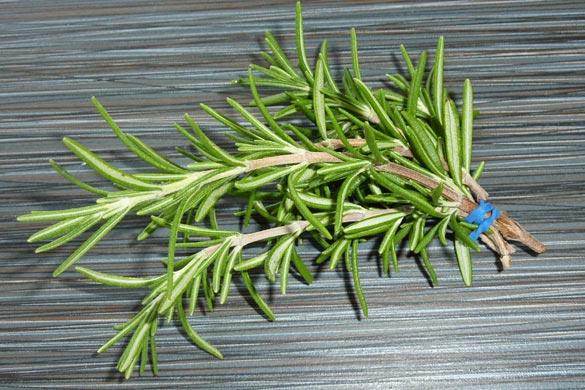
Label a brown paper lunch sack. Poke a series of holes in the bag, or make a slit on each side of the bag to allow air to circulate.
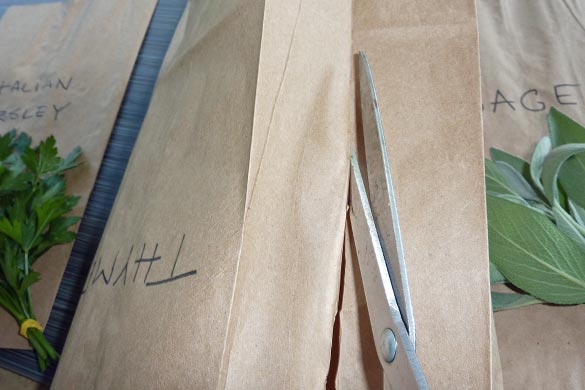
Place the bundle upside down in the bag so that the stems are poking out the top. Gather the bag around the stems and secure with a rubber band or string so that the bundle of herbs is suspended in the bag.
The bag protects the drying herb from dust and sunlight.

Store the bags in a dry, airy place for two to three weeks. Periodically check the bag for mold. Discard any moldy herbs. Once dry, strip the leaves from the stem and store the dried herbs in mason jars or Ziploc baggies; label and date. Dried herbs should be used within one year. If they lose their color or pungent aroma, the flavor has diminished.
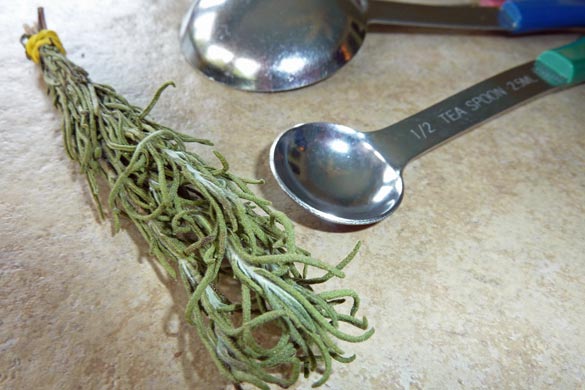
For the best flavor, keep dried leaves whole and crush just before using.
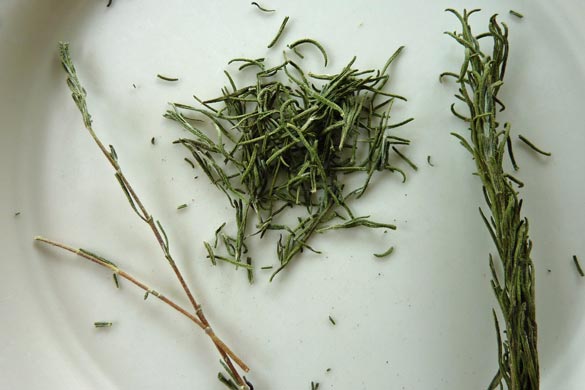
How to Preserve Moisture-Dense Herbs
Moisture-dense herbs — like basil, mint, tarragon and chives — tend to mold easily. You’ll have more success freezing these tender herbs.
Harvest the herbs and wash if necessary. Separate the individual leaves and spread on a cookie sheet. Place the cookie sheet in the freezer. When the herbs are completely frozen they will not stick together. Place leaves in separate Ziploc baggies; label, date and return to the freezer. Frozen herbs will retain their flavor for several months and can be used in the same proportion as when fresh.
What herb can you not live without? —Karen

